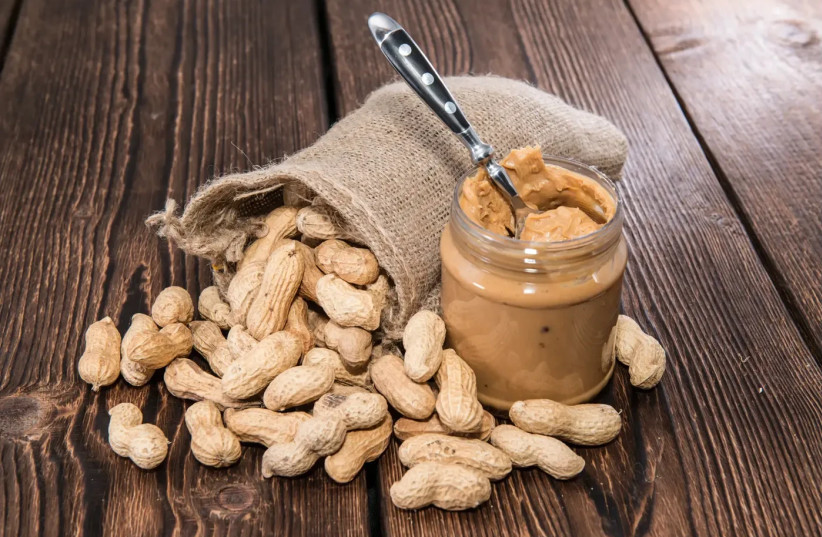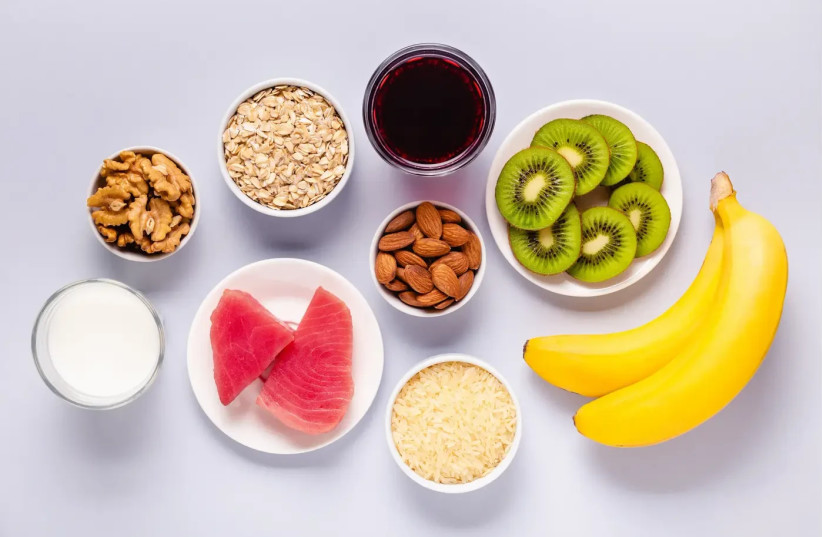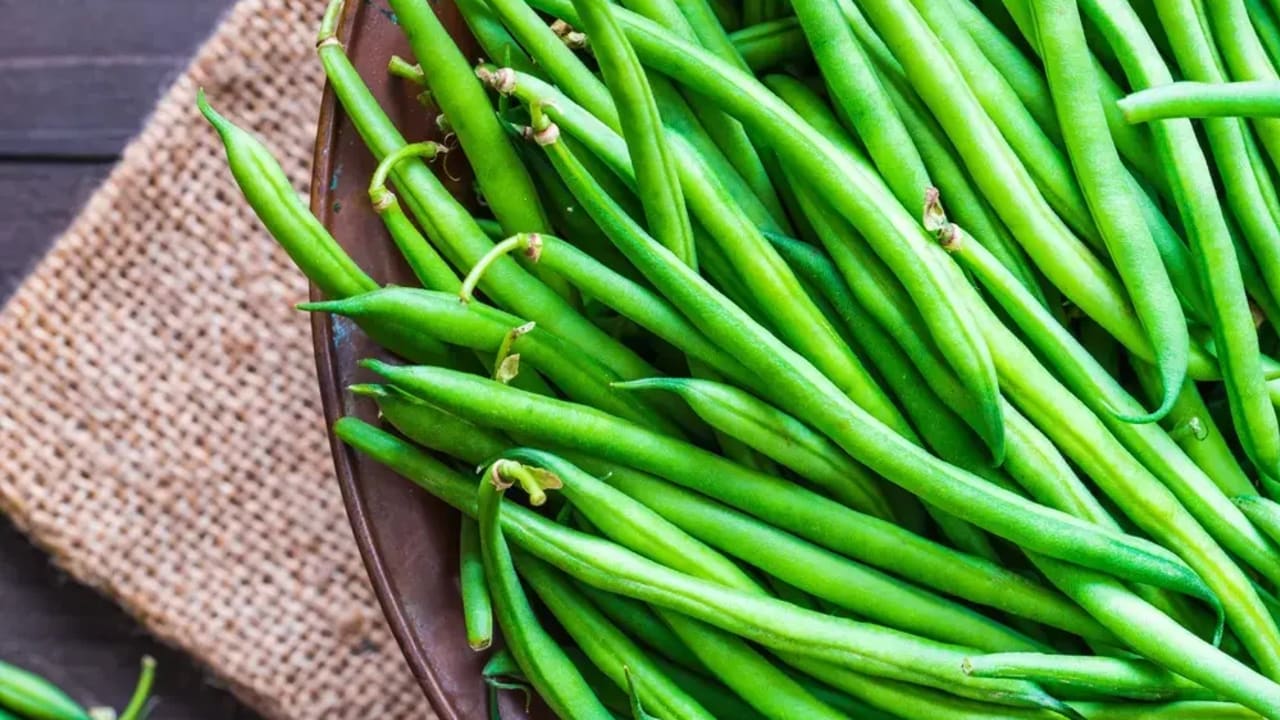ByDR. MAYA ROSMAN
We think of peanuts as nuts, but the truth is they’re legumes. So what makes them so healthy, and why should we still watch out for the calories?
During especially stressful weeks—especially like the ones we've recently experienced—ongoing stress and uncertainty can make it very easy to gain weight without noticing. The body seeks comfort, the mind looks for distraction, and the hand keeps reaching for the box, the drawer, the bag. Sometimes it’s salty snacks, sometimes sweets, and sometimes even “healthy snacks” like almonds, nuts, or peanuts. But even when it comes to natural and healthy foods—they still contain calories, and a lot of them: Over 600 calories per 100 grams.
Here Are All the Benefits of Peanuts
They may look like nuts, but peanuts are actually legumes—relatives of lentils, chickpeas, and fava beans.They grow in the ground, not on trees, and they’re much more than a snack to go with beer.
Contrary to popular belief, peanuts are nutritionally impressive, rich in protein, fiber, vitamins, and antioxidants—nutrients that can support heart health, help maintain balanced blood sugar levels, and even improve mood thanks to the amino acid tryptophan, which promotes serotonin production in the brain.
High-Quality Protein
The protein in peanuts is considered higher quality than in most legumes—thanks to a balanced profile of essential amino acids.
A serving of peanuts (about 30 grams, or a third of a cup) provides about 7 grams of protein, which helps maintain muscle mass, creates a sense of fullness, and also helps stabilize blood sugar levels—potentially reducing mood swings.
These vitamins are essential for the proper functioning of the nervous system, energy production, and maintaining mental health. Studies show that a deficiency in B vitamins may lead to fatigue, low mood, irritability, and reduced concentration.
Calcium, Magnesium, and Potassium – For Calm and Stability
In addition to vitamins, peanuts also provide important minerals like calcium, magnesium, and potassium.
Magnesium, for example, is known for its role in regulating the nervous system and reducing sensitivity to stress.
Calcium helps in proper nerve signal transmission, and potassium assists in regulating blood pressure—all together providing natural support for mental well-being.
The lesser-known ingredient in peanuts—but one especially important for mood—is tryptophan. This essential amino acid is converted in the body into serotonin—a neurotransmitter that affects mood, relaxation, and sleep. A diet rich in tryptophan may contribute to increased serotonin levels and an overall improved sense of well-being.
Peanut butter (credit: SHUTTERSTOCK)
They Lower Blood Pressure
Beyond taste and satiety—turns out peanuts also have the potential to improve actual health indicators.In a randomized study published in Nutrients, a group of 107 overweight participants followed a low-calorie diet for six months.
Some were given 70 grams of roasted peanuts daily—a handful before each of the two main meals—while the control group followed a low-fat diet with no peanuts at all.
Although both groups lost weight similarly, researchers found a significant difference in one important measure: Systolic blood pressure dropped significantly more in the peanut group—on average about 5 mmHg lower.
Such a decrease is considered to have a clinical impact on the risk of cardiovascular disease, especially in people prone to high blood pressure.
What Does It Mean? Even a fatty snack—when it’s healthy fat from nature—can be not just satisfying, but also support heart health.
Longer Satiety
Studies show that choosing a fat-protein snack like peanuts instead of sugary snacks can change the course of the entire day.
A systematic review published in recent years showed that peanuts and similar foods significantly increase satiety compared to high-sugar snacks—even when the calorie amount is similar.
The reason is clear: The protein, fiber, and healthy fats in peanuts slow stomach emptying, help release sugar gradually into the bloodstream, prevent insulin spikes—and create a deeper and quicker feeling of fullness.
Unlike sugary snacks that lead to early hunger and a fast search for “what’s next,” peanuts leave us calm, focused, and full for much longer.
To Sum Up: In days of stress and lack of routine—peanuts, with their natural fat and protein, may be the smart snack that soothes both body and mind.
Roasted or Raw?
Many ask whether to choose raw or roasted peanuts—the answer may surprise you: There is almost no nutritional difference between them. The roasting process is done at relatively low temperatures, so the mineral content—like magnesium, calcium, zinc, and phosphorus—remains nearly identical. Even the relatively fragile B vitamins are not destroyed in this process.
The calorie content is also identical—whether the peanuts are roasted, dry-roasted, or raw.
The main difference lies in the salt: Roasted salted peanuts sometimes contain added sodium, sometimes in high amounts per 100 grams. But it's important to note—most people don’t eat 100 grams of peanuts in one sitting, but just a small handful, so the actual sodium amount is much lower. If you stick to reasonable portions, even salted roasted peanuts can be part of a healthy and balanced diet.
An empty peanut butter jar (credit: SHUTTERSTOCK)
Peanut Products
Peanut Butter
Can be a nutritious product—but it isn’t always. When it’s natural, with no unnecessary additives, it’s rich in protein, monounsaturated fats, vitamins, and minerals—just like the peanuts themselves. But many common products on store shelves also contain sugar, hydrogenated fats (sometimes trans fat), palm oil, and preservatives—which reduce the nutritional quality and make the spread less healthy.
It’s worth checking the ingredients list: If it only says “peanuts” (and sometimes also salt)—that’s a good sign. If there’s a long list of additives—it’s better to think twice.
Peanut Snacks
Snacks like Bamba, Shush, and other peanut-based treats may smell and feel like peanuts, but in reality—only about half of them are actually made of peanuts. The rest of the ingredients usually include corn flour, refined oil, starches, and sometimes additional additives like stabilizers or flavorings.
There are, of course, relative advantages: The salt content in these snacks is relatively low, and they’re baked—not fried—which reduces total fat content and harmful compounds produced during frying.Still, their nutritional value is lower compared to natural peanuts: They contain less dietary fiber, less quality protein, and their satiety levels are generally lower.
Additionally, the crispy texture, small size, and sweet-salty flavor may encourage fast and mindless munching—which can lead to high calorie intake without noticing, especially among their main target audience: Children.
Peanut butter and jelly sandwich (credit: Reut Sahar)
Peanut Butter and Jelly Sandwich
The peanut butter and jelly sandwich is not only an American cultural icon—it’s also a small energy bomb. One teaspoon of peanut butter contains about 70 to 90 calories, depending on the type and fat content—so overly generous spoonfuls can turn the sandwich into a significant calorie add-on.When combined with jelly—which usually contains simple sugar—it’s a filling sandwich, but also very calorie-dense.
Still, if you’re choosing a sweet sandwich—this version is significantly better than one with chocolate spread.
Why? Natural peanut butter contains protein, quality fat, and minerals, while chocolate spreads are almost entirely made of sugar and oil and are low in protein and fiber.
Bottom Line: You can enjoy the beloved sandwich, especially if you choose quality spreads and stick to reasonable amounts—and it’s definitely preferable to other sweet alternatives.
For Dr. Maya Rosman’s course: How to improve your health and lose weight in a sane and realistic way, click here.




















